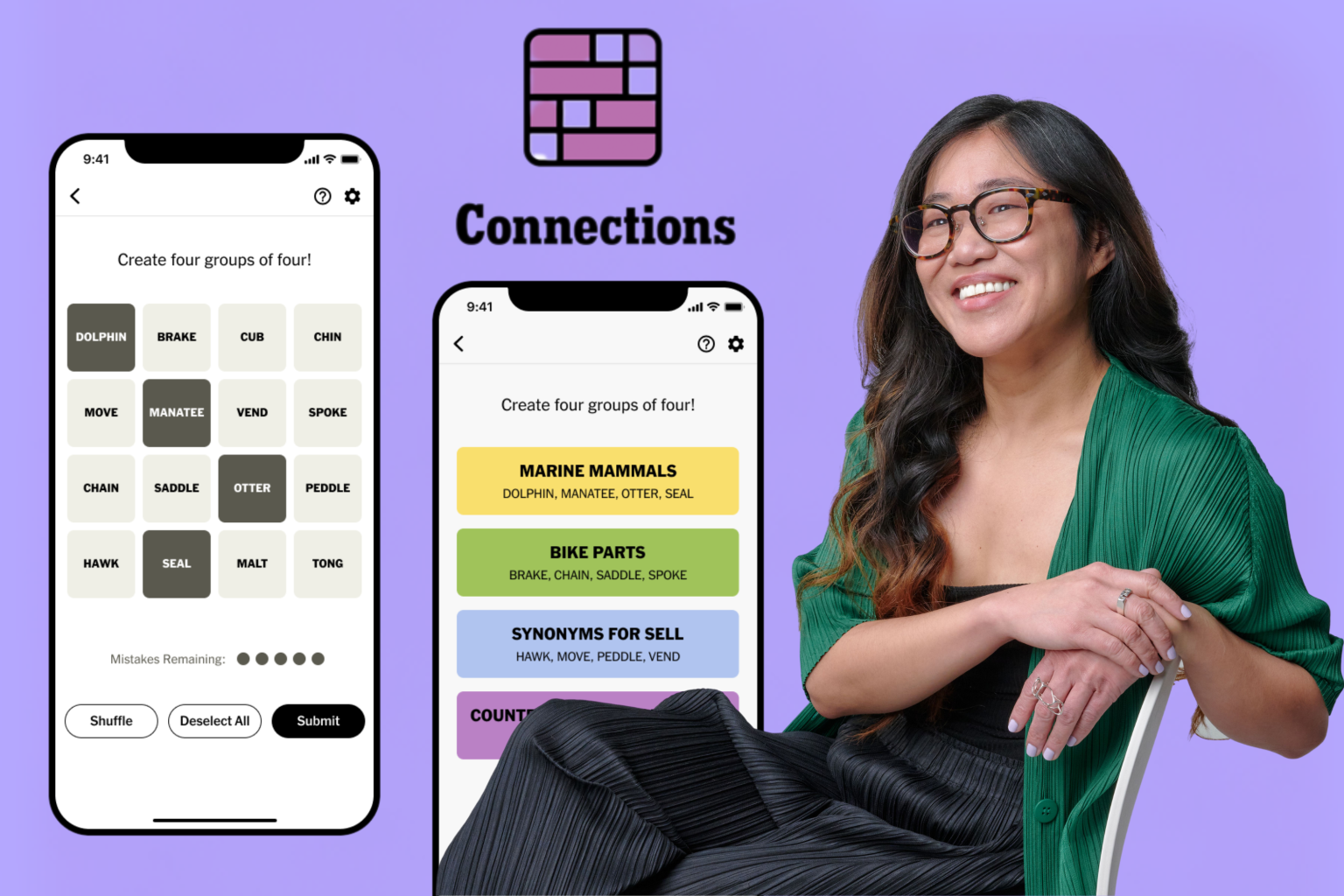Recent research indicates that humans excel at solving the Connections puzzle compared to artificial intelligence, specifically large language models (LLMs). Researchers from the New York University Tandon School of Engineering set out to investigate the capabilities and limitations of AI when tasked with solving this daily game. The findings from their research highlight that, despite advancements in AI technologies, these models still struggle significantly with semantic processing—a key aspect of successfully completing the Connections puzzle. Graham Todd, a Ph.D. student at the NYU Game Innovation Lab, emphasized that understanding where LLMs fall short sheds light on their broader limitations in handling complex linguistic tasks.
The Connections game, an engaging word association puzzle, features a grid of 16 words divided into four categories, ranging from easy (yellow) to difficult (purple). Players must identify and select four words that fit into the same category, fostering an environment for both strategic thinking and creativity. An example of a blue category could involve words such as “braid,” “bun,” “pony,” and “twist,” all related to hairstyles. When players submit their selected words, they are either confirmed and removed from the grid or remain if incorrect, providing immediate feedback on their choices. For those who get stuck, the “shuffle” button allows the words to be rearranged, adding a layer of chance to the decision-making process.
To assist players with the daily rounds of Connections, various hints and solutions are circulated through platforms such as Newsweek. For instance, hints for the December 5 game identified categories focused on various traits and themes, guiding players toward the correct groupings. The provided hints break down the categories into specific clues, such as words associated with directional indicators or objects sharing a physical characteristic. Such hints enhance players’ cognitive engagement with the puzzle while providing a helpful nudge when needed.
The solutions to the previous game demonstrated a variety of word associations, showcasing the multifaceted nature of the Connections puzzle. Answers spanned numerous categories, from “aptitude” in the yellow category to technology companies in the blue category. This diversity illustrates both the complexity of the tasks and the importance of having a nuanced understanding of language, which informs players’ success in the game. Solutions serve as both rewards for successful players and learning opportunities for those seeking to improve their problem-solving skills.
Despite improvements in AI prompting methods, the research shows that LLMs, even when prompted to utilize structured reasoning, do not match the fluidity and depth of human understanding in the context of the Connections puzzle. Timothy Merino, another researcher at NYU, highlighted this gap, revealing that while LLMs can be encouraged to think in a more organized manner, they still fall short in achieving the level of comprehension required to navigate the intricate associations needed to solve the puzzle effectively. This underscores the complexity of human cognitive processes compared to current AI capabilities.
As the Connections puzzle continues to evolve, new challenges emerge daily, compelling players to refine their strategies and improve their skills. Newsweek commits to providing hints and solutions to assist players in tackling these daily challenges, ensuring they can enjoy the process and learn as they play. With the rise of alternatives like Wordle gaining popularity, word games are firmly rooted in contemporary culture, providing a consistent source of entertainment and mental exercise. The exploration of AI’s limits in solving complex word puzzles reveals not only the intricacies of language but also the enduring uniqueness of human thinking and creativity.

